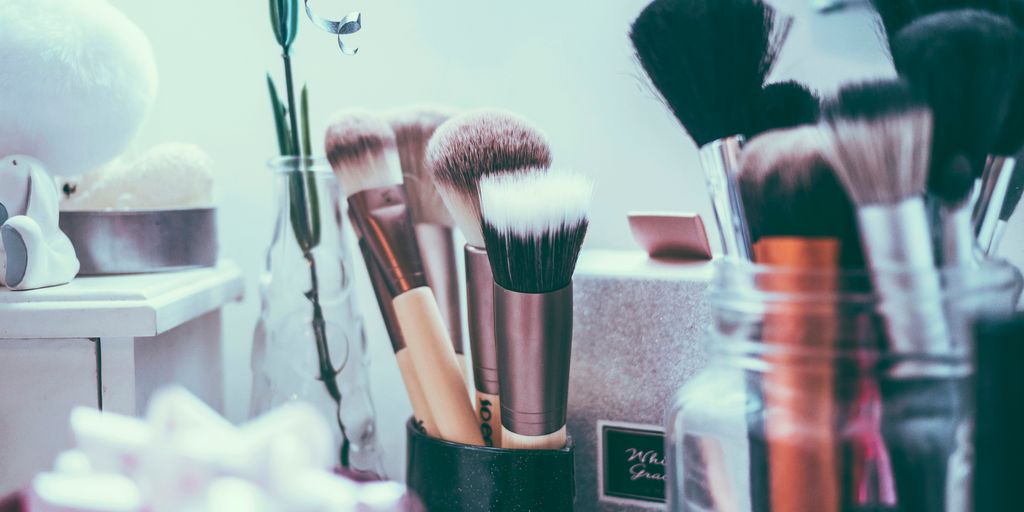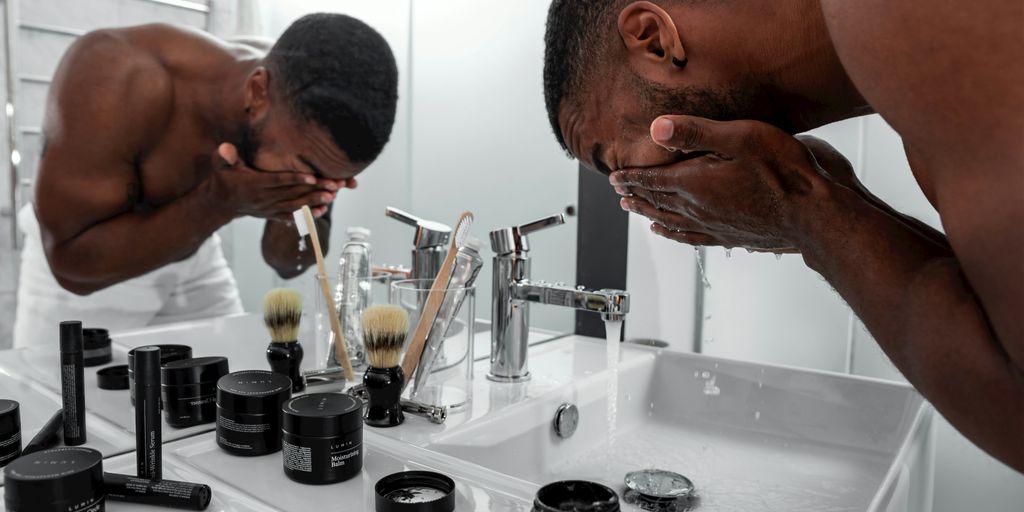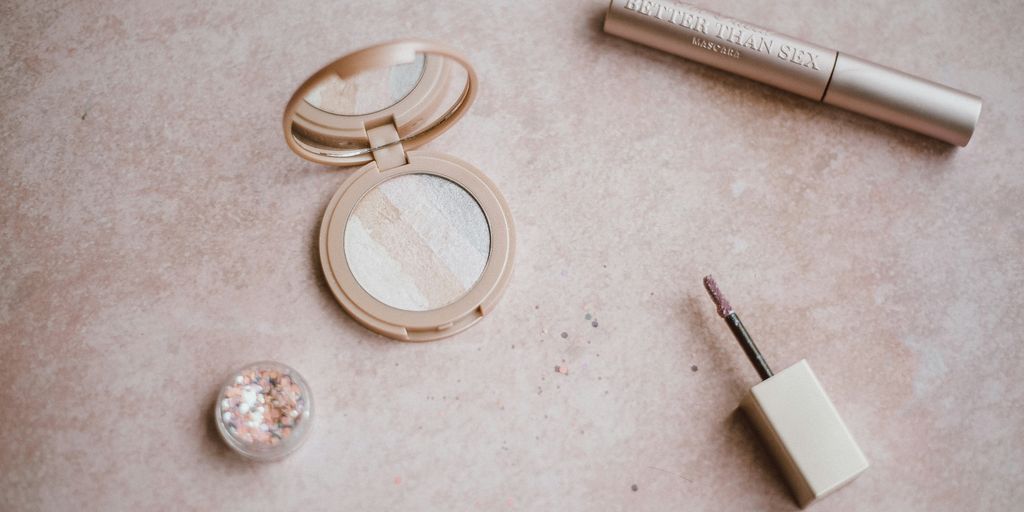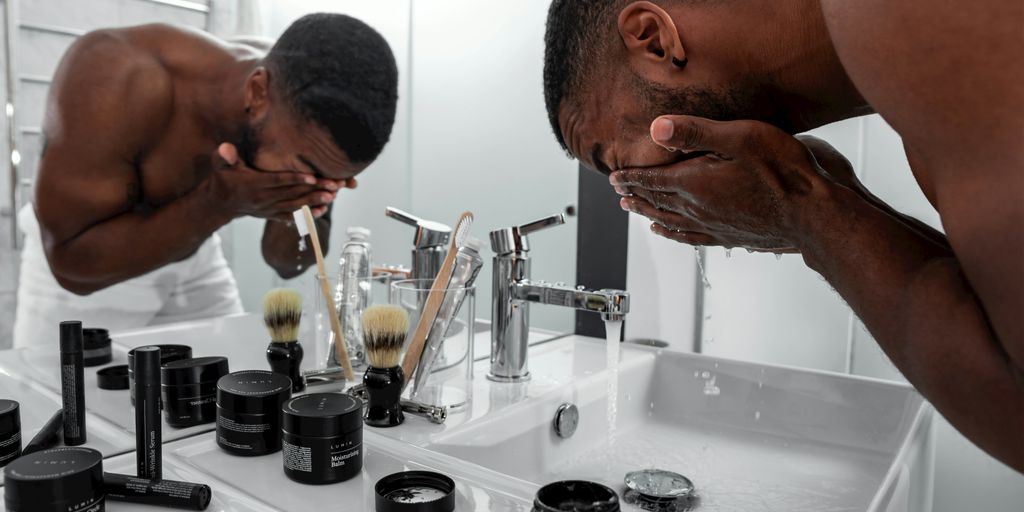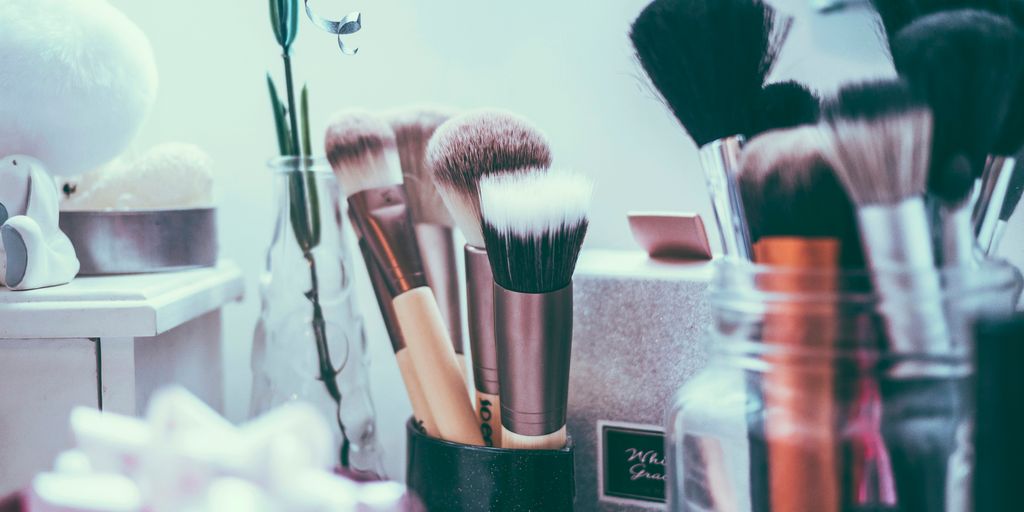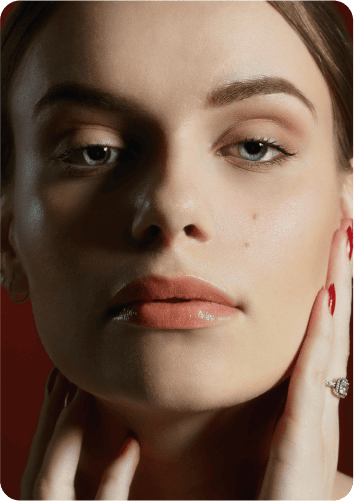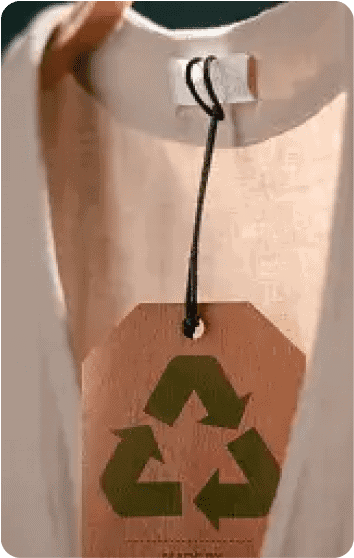In 2025, the beauty industry continues to evolve, and consumers are more aware than ever about the ethical practices of their favorite brands. One brand that’s often in the spotlight is Charlotte Tilbury, known for its luxurious makeup products. But the question remains: is Charlotte Tilbury cruelty free? In this article, we’ll explore the brand’s ethical claims, sourcing practices, environmental impact, and how it stacks up against competitors.
Key Takeaways
- Charlotte Tilbury claims to be cruelty free, but lacks third-party certifications to verify this.
- Ingredient sourcing transparency is limited, raising questions about ethical practices.
- The brand’s environmental impact is significant, with ongoing concerns about packaging and production processes.
- Consumer sentiment varies, with many seeking clearer information on cruelty-free claims.
- Comparing Charlotte Tilbury to brands like Fenty Beauty and E.l.f. Cosmetics shows differing levels of commitment to ethical standards.
Understanding Cruelty-Free Claims
What Does Cruelty-Free Mean?
Okay, so you see "cruelty-free" plastered all over beauty products these days. But what does it actually mean? It’s not always as straightforward as you might think. Essentially, it should mean that the finished product and its ingredients weren’t tested on animals at any stage of development. However, the devil’s in the details. Some companies might only avoid animal testing in the final stages, while their suppliers might still conduct it. It’s a bit of a gray area, and that’s where things get tricky.
The Importance of Certifications
If a brand is truly committed to being cruelty-free, they’ll usually seek out certifications from independent organizations. These certifications, like Leaping Bunny or PETA’s Beauty Without Bunnies, involve a rigorous audit of the company’s supply chain to ensure no animal testing is happening.
Here’s a quick rundown of why certifications matter:
- They provide an extra layer of assurance.
- They hold brands accountable.
- They offer transparency to consumers.
It’s always a good idea to look for these logos on product packaging. However, keep in mind that some smaller brands might not have the resources to get certified, even if they adhere to cruelty-free practices. So, doing a little extra research is always a good idea.
Misleading Marketing Tactics
Here’s where things get really interesting. Some brands use terms like "not tested on animals" or "we love animals" without actually being cruelty-free. This is often called greenwashing, where companies try to appear more ethical than they really are. They might only avoid animal testing in certain countries, or they might rely on their suppliers’ claims without verifying them independently. It’s all about marketing, and it can be really confusing for consumers who are trying to make ethical choices. Always dig a little deeper and don’t just take a brand’s word for it.
Charlotte Tilbury’s Ethical Sourcing Practices
It’s easy to get caught up in the hype around a brand, especially one as glamorous as Charlotte Tilbury. But what about what goes on behind the scenes? Let’s take a look at the brand’s ethical sourcing practices.
Ingredient Transparency
When it comes to ingredients, transparency is key. Does Charlotte Tilbury openly share where their ingredients come from? It’s not always easy to find this information. While they list ingredients on their packaging (as required), tracing those ingredients back to their origin can be tricky. It would be great to see more detailed information about the sources of key ingredients, especially those that are often associated with ethical concerns, like mica or palm oil.
Sourcing Standards
What standards does Charlotte Tilbury hold its suppliers to? Are they committed to fair labor practices and environmental protection? These are important questions to ask.
Without clear information about sourcing standards, it’s hard to know if a brand’s claims of ethical behavior are genuine. We need to see evidence of audits, certifications, and ongoing efforts to improve conditions for workers and protect the environment.
Here are some things to look for:
- Fair wages and safe working conditions
- Environmental protection measures
- Community development initiatives
Comparative Analysis with Other Brands
How does Charlotte Tilbury compare to other brands in terms of ethical sourcing? Some brands, like E.l.f. Cosmetics, are very open about their sourcing practices. E.l.f. was the first beauty company to use a Fair Trade Certified factory. Others, like Fenty Beauty, have faced criticism for a lack of transparency. It’s helpful to compare brands side-by-side to get a better understanding of where Charlotte Tilbury stands.
| Brand | Transparency Level | Sourcing Standards Information | Certifications |
|---|---|---|---|
| Charlotte Tilbury | Moderate | Limited | None |
| E.l.f. Cosmetics | High | Extensive | Fair Trade |
| Fenty Beauty | Low | Limited | None |
The Environmental Impact of Charlotte Tilbury
Production Processes
When we talk about the environmental impact, it’s easy to focus solely on packaging, but the production processes themselves are a big deal. How does Charlotte Tilbury manufacture its products? Are they using renewable energy? Are there steps in place to minimize waste during production? These are the questions consumers are starting to ask. It’s not enough to just have pretty packaging; people want to know what’s happening behind the scenes.
- Water Usage
- Energy Consumption
- Waste Management
Packaging Sustainability
Packaging is often the first thing people notice when considering a brand’s environmental efforts. Charlotte Tilbury has made some moves towards more sustainable packaging, but is it enough? Are they using recyclable materials? Are they minimizing the amount of packaging used overall? It’s a constant balancing act between creating a luxurious experience and reducing environmental impact.
Brands need to think about the entire lifecycle of their packaging, from sourcing materials to what happens after the consumer is finished with the product. It’s not just about using less plastic; it’s about creating a circular system where materials are reused and recycled.
Carbon Footprint Considerations
Beyond production and packaging, the carbon footprint of a beauty brand encompasses everything from sourcing ingredients to shipping products around the world. How is Charlotte Tilbury working to reduce its carbon emissions? Are they investing in carbon offsetting programs? Are they looking at ways to shorten their supply chains? These are complex issues, but they’re increasingly important to consumers who are concerned about climate change.
- Supply Chain Emissions
- Transportation Methods
- Offsetting Initiatives
Consumer Perception of Charlotte Tilbury
Public Sentiment on Cruelty-Free
When it comes to Charlotte Tilbury, public opinion is a mixed bag. Some people are huge fans and love the brand, while others are more skeptical, especially about the cruelty-free status. A lot of the discussion revolves around whether the brand’s claims are truly transparent and if they align with what consumers expect from an ethical brand. It’s not always clear-cut, and that’s where some of the confusion and debate come from.
Influence of Celebrity Branding
Charlotte Tilbury has definitely benefited from celebrity endorsements and collaborations. Having famous faces associated with the brand can create a buzz and drive sales. But it also means that people might buy into the hype without really looking into the brand’s practices. It’s like, if a celebrity uses it, it must be good, right? But that’s not always the case. It’s important to remember that celebrity endorsements are a marketing tactic, and it’s up to us as consumers to do our own research.
Social Media Reactions
Social media is a huge factor in shaping how people see Charlotte Tilbury. You’ll find everything from glowing reviews to complaints about the products or the brand’s ethics. It’s a place where people share their experiences, ask questions, and voice their concerns.
Here’s a quick breakdown of what you might see:
- Positive reviews showcasing amazing makeup looks achieved with Charlotte Tilbury products.
- Negative comments about high prices or concerns about animal testing.
- Discussions about whether the brand is truly cruelty-free or if there are loopholes in their claims.
It’s worth noting that social media can be an echo chamber, where opinions get amplified and it’s hard to get a balanced view. So, while it’s useful to see what others are saying, it’s important to take everything with a grain of salt and form your own opinion based on facts and research.
Comparing Charlotte Tilbury to Other Brands
Fenty Beauty’s Approach
Fenty Beauty really shook things up when it launched. It wasn’t just another celebrity brand; it genuinely changed the game with its inclusive shade range. Fenty Beauty demonstrated a commitment to serving a diverse customer base, something the beauty industry desperately needed. It made other brands rethink their approach to inclusivity. It’s interesting to see how Charlotte Tilbury stacks up in this regard. Does it offer the same level of shade options and cater to a similar range of skin tones? It’s a question worth exploring.
E.l.f. Cosmetics’ Initiatives
E.l.f. Cosmetics has made a name for itself by being super affordable and also cruelty-free. E.l.f. shows that you don’t have to spend a ton of money to get good makeup that aligns with ethical values. They’ve also been pretty vocal about their commitment to being vegan and using sustainable packaging. It makes you wonder, where does Charlotte Tilbury stand on the price point spectrum? And how do their sustainability efforts compare to a brand that’s really built its identity around affordability and ethics?
The Role of Indie Brands
Indie brands often lead the way when it comes to ethical practices and transparency. They’re usually smaller, more nimble, and can respond quickly to consumer demands for cruelty-free, vegan, and sustainable products. They often prioritize direct communication with their customers, building trust and loyalty. Some things indie brands do well:
- Focus on small-batch production to reduce waste.
- Source ingredients from ethical and sustainable suppliers.
- Use minimal and recyclable packaging.
Indie brands are really pushing the bigger players to step up their game. They show that it’s possible to create high-quality, ethical beauty products without compromising on values. It’s worth considering how Charlotte Tilbury can learn from these smaller, more agile brands and incorporate some of their best practices.
It’s important to see how Charlotte Tilbury is adapting to this changing landscape. Are they taking cues from indie brands and making changes to their own practices? Or are they sticking to the status quo?
Future Directions for Ethical Beauty
Trends in Cruelty-Free Products
The beauty industry is changing, and fast. More and more, people want products that don’t harm animals. This isn’t just a trend; it’s becoming the standard. We’re seeing a rise in innovative ingredients and formulations that are both effective and ethical. For example, plant-based alternatives to traditional ingredients are becoming more common. Also, brands are starting to use biotechnology to create ingredients in a lab, which can reduce the need for animal testing and lower the environmental impact. The future of beauty is definitely cruelty-free.
Consumer Demand for Transparency
Consumers aren’t just buying products; they’re buying into a brand’s values. People want to know where ingredients come from, how products are made, and what impact their purchases have. This demand for transparency is pushing brands to be more open about their practices. Brands that are willing to share information about their supply chains, manufacturing processes, and ethical standards are more likely to gain consumer trust and loyalty. It’s not enough to say you’re ethical; you have to show it.
Potential Changes in Regulations
Regulations play a big role in shaping the beauty industry. As consumer awareness grows, governments are starting to take notice. We may see stricter laws around animal testing, ingredient labeling, and environmental impact. These changes could level the playing field and make it easier for consumers to make informed choices. It’s possible that in the future, brands will be required to provide more detailed information about their products and practices. This could include things like carbon footprint labels or certifications for ethical sourcing.
The push for ethical beauty isn’t just a fad. It’s a fundamental shift in how people think about the products they use. As consumers become more informed and engaged, brands will need to adapt to meet their demands. The future of beauty is ethical, transparent, and sustainable.
The Role of Transparency in Beauty Brands
Importance of Clear Communication
In today’s beauty market, transparency isn’t just a nice-to-have; it’s a must-have. Brands need to be upfront about where their ingredients come from, how products are made, and what impact they have. It’s about more than just listing ingredients; it’s about telling the whole story. If a brand isn’t clear, consumers will notice and might look elsewhere.
Impact of Consumer Education
When consumers know more, they make better choices. Brands that invest in educating their customers about ingredients, ethical sourcing, and environmental impact are more likely to gain trust. This education can take many forms, from detailed product descriptions to blog posts and social media content. The more informed a consumer is, the more likely they are to support brands that align with their values.
Building Trust with Customers
Trust is hard to earn and easy to lose. In the beauty industry, where claims of "natural" and "cruelty-free" are common, transparency is key to building and maintaining that trust. Brands that are open about their practices, even when they aren’t perfect, show that they value their customers’ opinions and are committed to doing better.
Transparency isn’t just about avoiding scandals; it’s about creating a genuine connection with consumers. When brands are honest and open, they build a loyal following that appreciates their commitment to ethical and sustainable practices.
In today’s world, beauty brands need to be open and honest about their products. Transparency helps customers trust the brands they buy from. When companies share details about their ingredients and how they make their products, it shows they care about their customers and the environment. If you want to learn more about how transparency can change the beauty industry, visit our website for more insights!
Final Thoughts on Charlotte Tilbury’s Ethical Standing
In the end, figuring out if Charlotte Tilbury is truly cruelty-free isn’t as straightforward as it seems. They market themselves as a brand that cares about ethical practices, but the lack of clear certifications raises some eyebrows. Sure, they don’t test on animals, which is a plus, but what about the sourcing of their ingredients? It’s tough to say if they’re genuinely committed to being ethical or just riding the wave of a trend. If you’re someone who values transparency and real action over just pretty packaging and marketing buzzwords, it might be worth looking deeper into their practices. At the end of the day, it’s all about making informed choices that align with your values.
Frequently Asked Questions
Is Charlotte Tilbury a cruelty-free brand?
Yes, Charlotte Tilbury claims to be cruelty-free, meaning they do not test their products on animals.
What does cruelty-free mean?
Cruelty-free means that a brand does not test its products on animals at any stage of production.
Does Charlotte Tilbury have any certifications for being cruelty-free?
While Charlotte Tilbury says they are cruelty-free, there is not much third-party certification to confirm this.
How do Charlotte Tilbury’s practices compare to other brands?
Compared to brands like Fenty Beauty and E.l.f. Cosmetics, Charlotte Tilbury is less transparent about its sourcing and ethical practices.
Is Charlotte Tilbury’s packaging sustainable?
Charlotte Tilbury has made some efforts toward sustainable packaging, but the effectiveness and eco-friendliness of these practices can vary.
What should consumers look for when choosing cruelty-free products?
Consumers should look for clear certifications and transparency about sourcing and testing practices to ensure a brand is truly cruelty-free.
